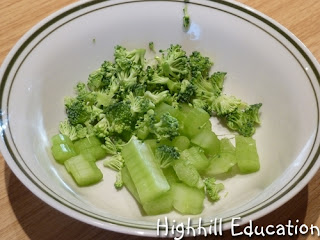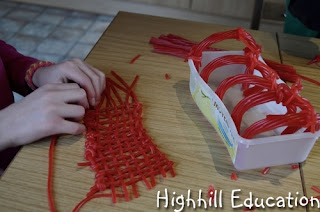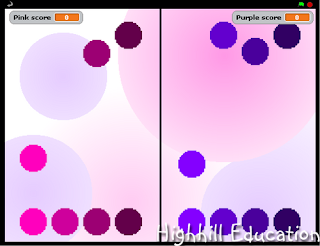Benefits of Extracurricular Activities
Developing Life Long Skills
Mastering the piano and learning to dance are skills that improve with practice. Committing to weekly lessons ensures the time spent doing the desired activity will not be missed. Continued dedication to the activity develops lasting skills.
Additional Life Skills
Many extra curricular activities build life skills. Stage presence, confidence, and time organization are three skills I became more proficient at through my involvement with gymnastics as a child.
Developing Team Skills
Some activities are impossible to do alone. Being part of an orchestra, or soccer team work much better with others. My daughter has been playing the violin for three years and recently joined an orchestra. I'm hoping that she will learn to hear others play, gain confidence by helping less proficient players and strive to play as well as the more advanced, make a few friends and gain an appreciation for sounds which can be produced by a group. These same skills can be developed through a variety of extra curricular activities.
Physical Activity
Sporting extracurricular activities are physical in nature and physical activity is great for kids and adults. Whether it's tennis, soccer, swimming or dance, regular attendance at a sports lesson is good for the heart.
Learning from other Adults
Being a homeschool mom, I spend many hours instructing my own kids. Exposing them to other adults with different teaching styles makes them feel more independent. In addition, other adults recognizing their talents and telling them so means a lot.
Learning to Listen
With regular participation in a group activity, children learn respectful group behavior. One behavioral characteristic I have noticed in many homeschooled children is their desire to do things their own way. This a a desired trait which serves children well now and in adulthood. Group settings tend to lessen this trait and sometimes it's to such a level which can create a dependent child not willing to step outside the box. Finding a balance between independence and being slightly reserved can be learned through group activities. In addition, by being patient and listening the child may be surprised with new interesting information when they least expected it.
Making New Friends with Common Interests
Although most time spent in a class or activity is structured, there is usually some time to make friends. People participating in the same extra-curricular activities already have a common bond. So activities are great places to meet people....... and most of us could use a few more friends:)
Fun
I almost forgot to mention that extra curricular activities are fun! That's why I did them growing up, and that's definitely the reason my kids love them. After all, if they're not fun, they're dropped.
For the most part I think extra curricular activities are good. They can become a problem if there are too many and they begin to interfere with nightly meals, family and free time. When kept to a minimum there are many benefits to participation.
This post is part of the Homeschool Help Series and this week there is a new blogger joining us. Lucinda at Navigating by Joy lives in England. She teaches her 7 and 9 year old through living books, experiences and activities. I have personally enjoyed many of the activities she has posted on her blog and plan to use a few during the next school year.
Homeschool Help Series - Thoughts on Extracurricular Activities
Lucinda at Navigating by Joy - How Much is Too Much?
Hwee at The Tiger Chronicle - Any Room for Extras?
Bernadette at Barefoot Hippie Girl - Just a Homebody
Savannah at Hammock Tracks - Extracurricular Activities and Family Goals
Chareen at Every Bed of Roses - It's not about how busy, it's about building a Memory
The previous posts from the Homeschool Help Series are available on my Resources Page.

This post is linked to:
Creative Homeacre
TGIF Linky

_wm.JPG)


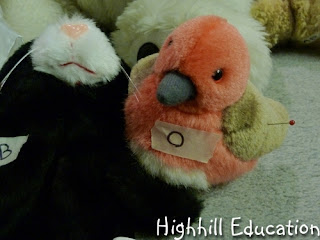


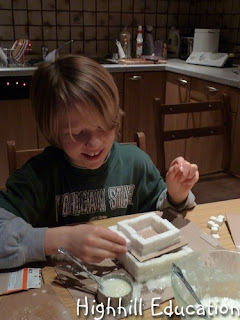








_wm.JPG)








